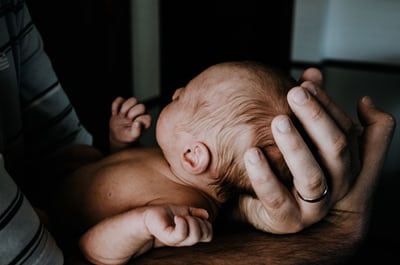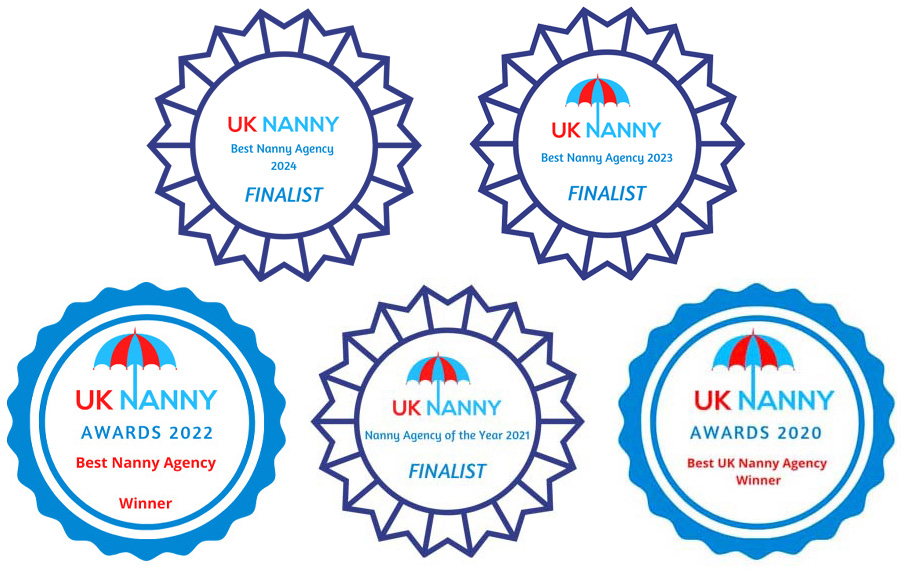Your neck bone’s connected to your back bone, your back bone’s connected … Cranial Osteopathy for Newborns and New Mums

Cranial osteopathy is something that many new mothers hear bandied around as a painless method of curing babies’ sleep problems, feeding problems and general maladies. Following on from the piece by local osteopath Claire Terry, I wanted to learn a little more about osteopathy centred around the skull and in particular, the cranium.
The origins of osteopathy lie in America back in the 1800s. The doctor who pursued it as an alternative form of medicine viewed the body as a machine, carrying out a study of all the moving parts and coming to the conclusion that when the mechanics failed, ill health would follow.
He found that mechanical strains and injury to his patients’ muscle and skeletal systems had negative effects on the nervous system, blood and lymph flow, and the immune system, as well as the local effects to the muscle and skeleton. Health could be restored by treating these mechanical faults with manipulative techniques applied to key areas of the body. These manipulative techniques are what we know as osteopathy today.
At the turn of the century, another osteopath took this approach to the next level. Dr William Sutherland discovered that the skull was not completely rigid and could be subject to the same strains found elsewhere in the body. He realised that by manipulating the cranium he could impact the whole body, from the top of the head to the bottom of the feet! He developed gentle techniques to correct problems and ultimately, to assist all the other systems of the body towards normal function.
New mothers-to-be sometimes think that giving birth should be one of the most natural things in the world. Women have been doing it for thousands of years after all! But things don’t always go to plan and births can be less than straightforward. Babies might need help with forceps or ventouse for example or there might have been a prolonged and / or difficult birth. These scenarios can impact the baby and the mother too.
People might suggest cranial osteopathy after births like these or further down the line too, perhaps when mothers discover that their baby isn’t latching well or is very colicky. Cranial osteopathy works well with newborn babies and children as the skull bones are not fused. Here are some examples of how it has helped:
“My son had a traumatic birth and was stuck in the birth canal resulting in a ventouse delivery. His poor head had certainly taken some knocks! I noticed that he was suffering from reflux and seemed to be in pain after feeding. I took him for some cranial osteopathy and the osteopath agreed that he had some digestive issues. After a few sessions it felt as though my son relaxed and was holding order valium canada less tension. He seemed to settle more easily.” LP
“I took both my babies to a cranial osteopath. On my eldest it really helped with his colic and also, he had stiff neck muscles so only ever looked to the front and right for the first few weeks of his life! I took my daughter and was told that she was the straightest baby they’d ever seen. It’s standard practice in other countries and I think after 9 months squashed inside, it makes sense to take them to check that nothing needs easing or straightening out!” KG
“Both of my children had cranial osteopathy from newborn to a few months old. I found it particularly helpful for my youngest who had a severe anterior tongue tie which was cut at 3 weeks. They did a lot of work for her face and palette to open up and improve her ‘suck reflexes’ because she was a lazy sucker (she hadn’t ever had the physical ability to be able to because her tongue was so restrained) and open up the areas around her nose which had been squished during birth and were causing breathing congestion. More specifically she also had a double cord wrap at birth, so they worked a lot around her neck. She wouldn’t sleep in certain positions and we saw a huge improvement after 2 or 3 sessions. Her range of neck movement changed a lot and she stopped screaming when her head was at certain angles.” LG
Pelvic strains to the mother, during childbirth, are not uncommon. Some may remain unresolved and cause problems in later life, and it is easier to correct these at an early stage as the hormone, relaxin, which allows the mother’s ligaments to stretch is gradually withdrawn after birth. Bell’s Palsy is paralysis of the face and can be caused by pregnancy.
“I had it for the Bells Palsy before and after labour, and still have regular maintenance for the same reason – it’s supposed to be the best treatment for Bells Palsy which is common in pregnancy due to the swelling.” JB
When speaking to people about this type of osteopathy, I generally heard only positive feedback. For balance, there were a couple of people who said it hadn’t worked for their babies.
I must thank Martin Pascoe for his help with this piece and the friends of East Green who supplied their anecdotes. I’ll finish with some words from Martin:
“As the techniques are so gentle, babies may be treated any time after birth. The youngest baby I have treated was two minutes old! The earlier the better.”
